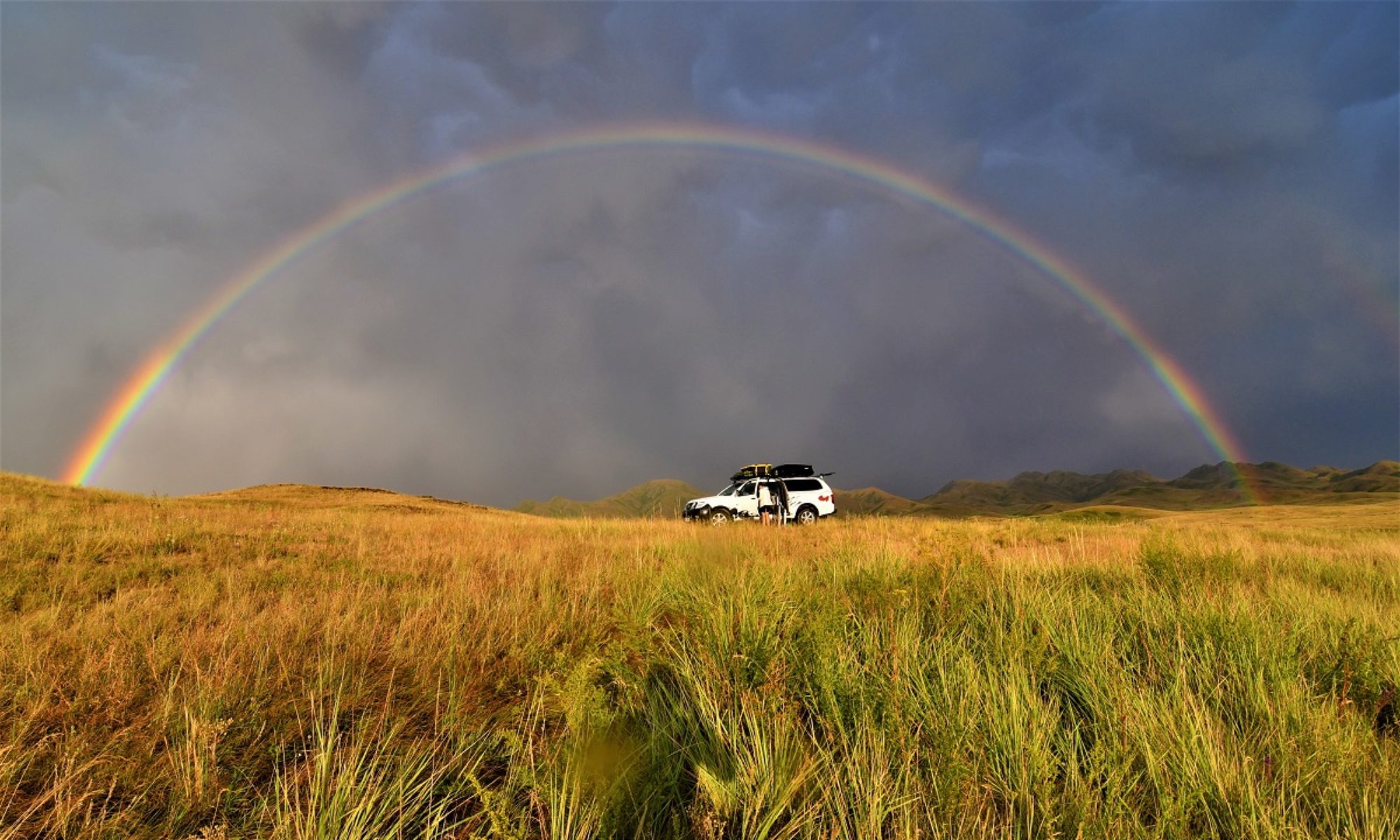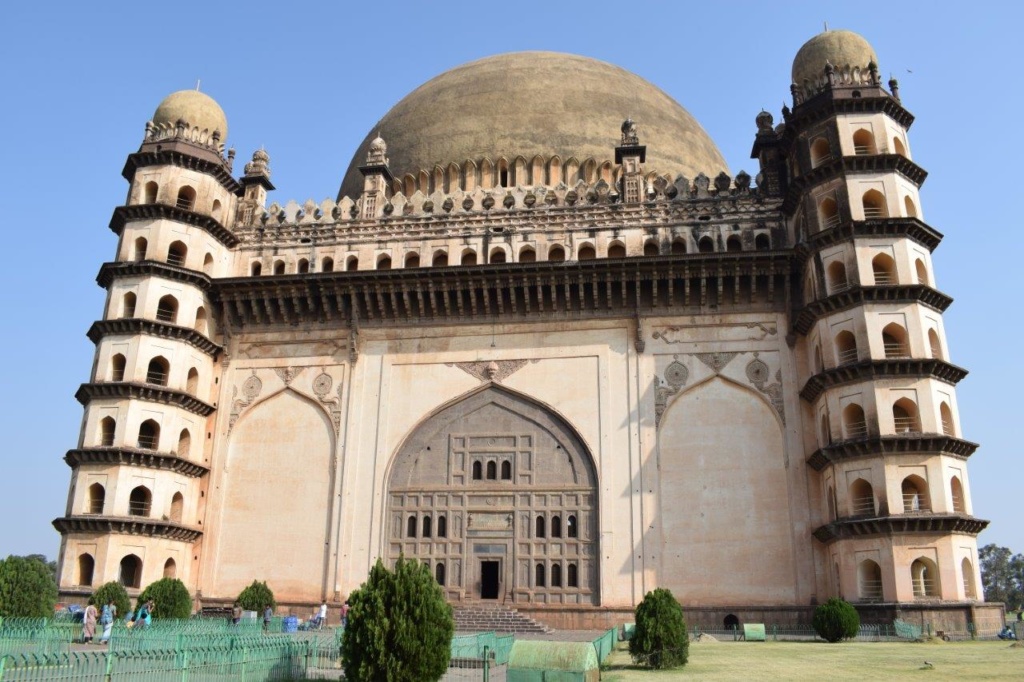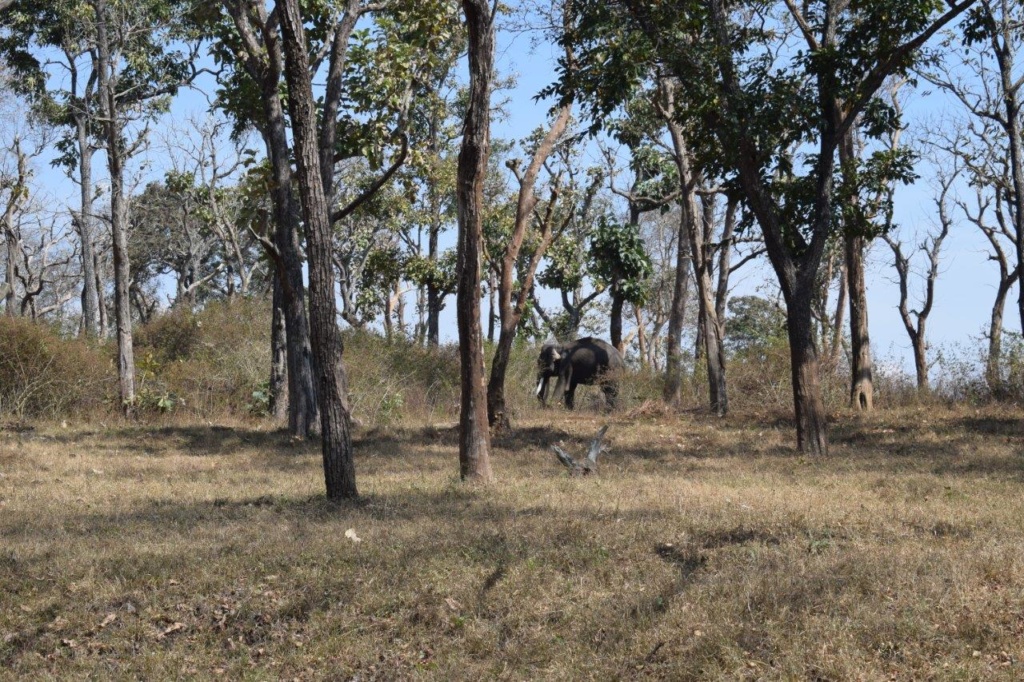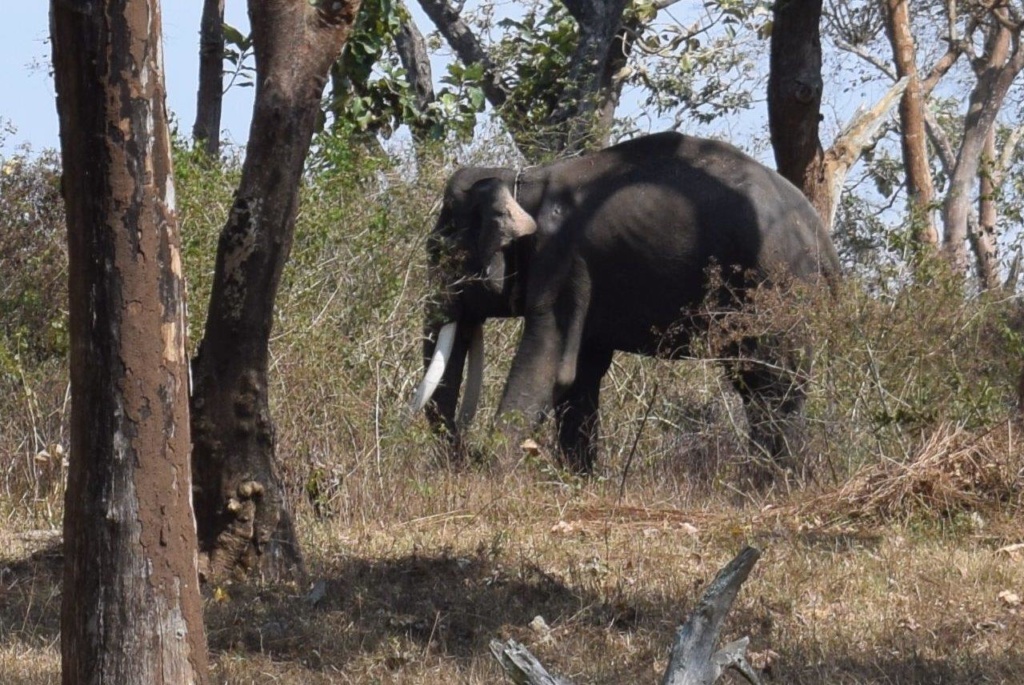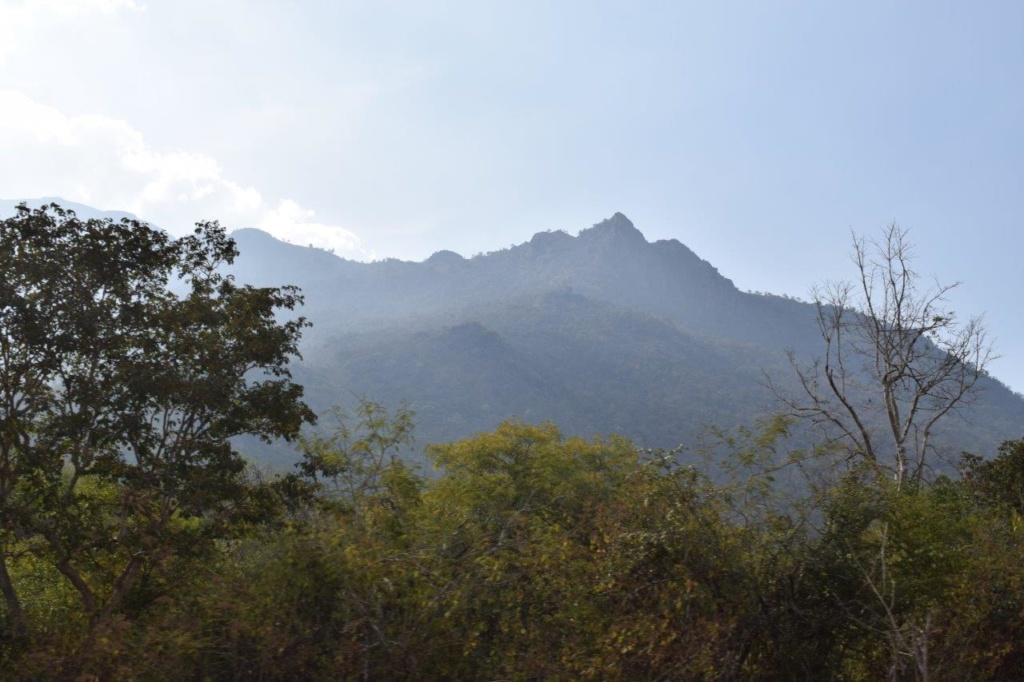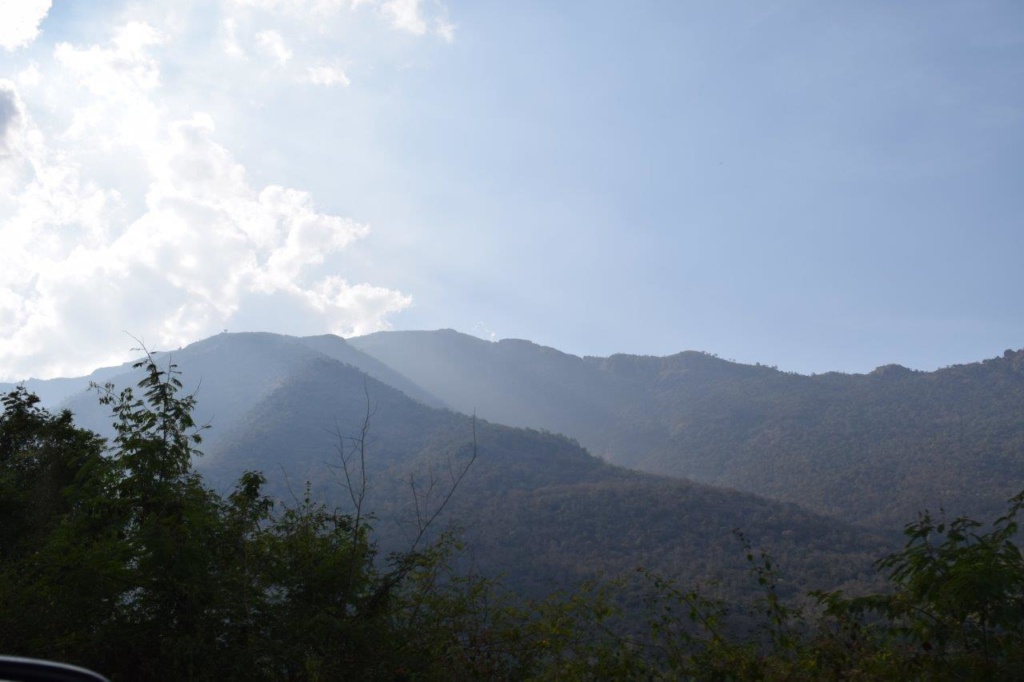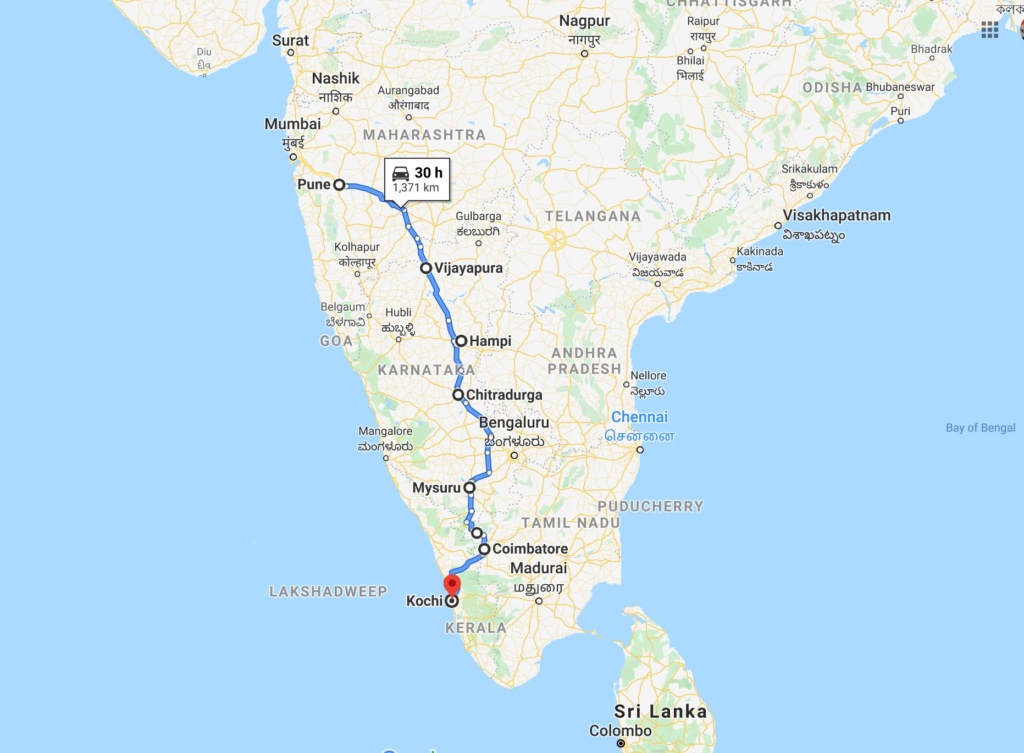
Tuesday 4th February, 2020 – Vijapura
Vijapura also known as Vijayapura and formerly called Bijapur is known for its medieval monuments, which are a unique form of Islamic architecture. From 1490 to 1686, Bijapur was ruled by the Adil Shahi dynasty which left the most important monuments of the town.
The magnificent Gol Gumbaz is the main attraction of this city. It is the largest dome in India and the second largest unsupported dome in the world. It is the mausoleum of Mohammed Adil Shah and his family. It was built in 1659. At the top, the whispering gallery is a wonder where the tick of watch can be heard from the opposite side of the dome over 200 feet away.
Another monument is the Ibrahim Rauza mausoleum. Built by Emperor Ibrahim Adil Shah II (1580- 1627) , he and his queen Taj Sultana are buried there. Exceptionally conceived and finely decorated, it is one of the supreme achievements of the Adil Shahis rulers. Designed by a Persian architect, Malik Sandal, the tomb and a mosque are set in a walled garden facing each other over an ornamental pond. Graceful minarets mark the corners of each building, surmounted by a dome rising from a lotus petal base. The tomb is supposed to have been an inspiration for the Taj Mahal at Agra. The walls of the tomb are embellished with beautiful calligraphic and geometric designs. the 24 meter- high minarets are said to have inspired those of the Taj Mahal. (source British Museum).
Wednesday 5th February, 2020 – Hampi
Hampi is famous for its ruins belonging to the medieval Hindu kingdom of Vijaynagar.
Vijaynagar was one of the largest Hindu empires in India. Two brothers, Harihar and Bukka founded it in 1336. Krishnadevaraya (1509-1529) was the greatest ruler and controlled almost all of peninsular India south of Tungabhadra River. The town of Hampi was the capital and in the 14th century had a population of half a million people. Seven concentric lines of fortifications protected the city. It maintained a huge army to protects it from other kingdoms. Vijaynagar Empire flourished, as it controlled both cotton and spice trade routes of southern India. Medieval historians refer to Hampi as an important center of trade. However, the glory of Vijaynagar was short lived. With the death of Krishnadevaraya, the combined armies of the five Muslim kingdoms-Bidar, Bijapur, Golconda, Ahmednagar and Berar-destroyed this mighty empire in 1565.
We visited some of the main attractions: The Hampi Bazaar and the 15th-century Virupaksha Temple . It is one of the oldest monuments of the town. The top of the temple rises about 50 m from the ground and the main shrine is dedicated to Virupaksha, a form of Lord Shiva.
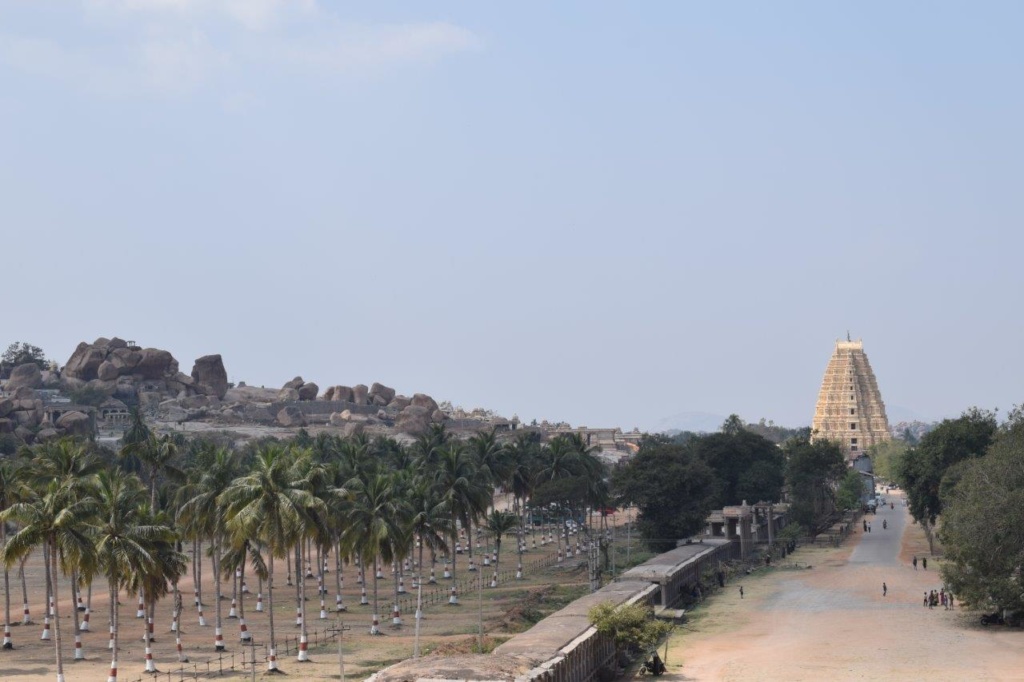
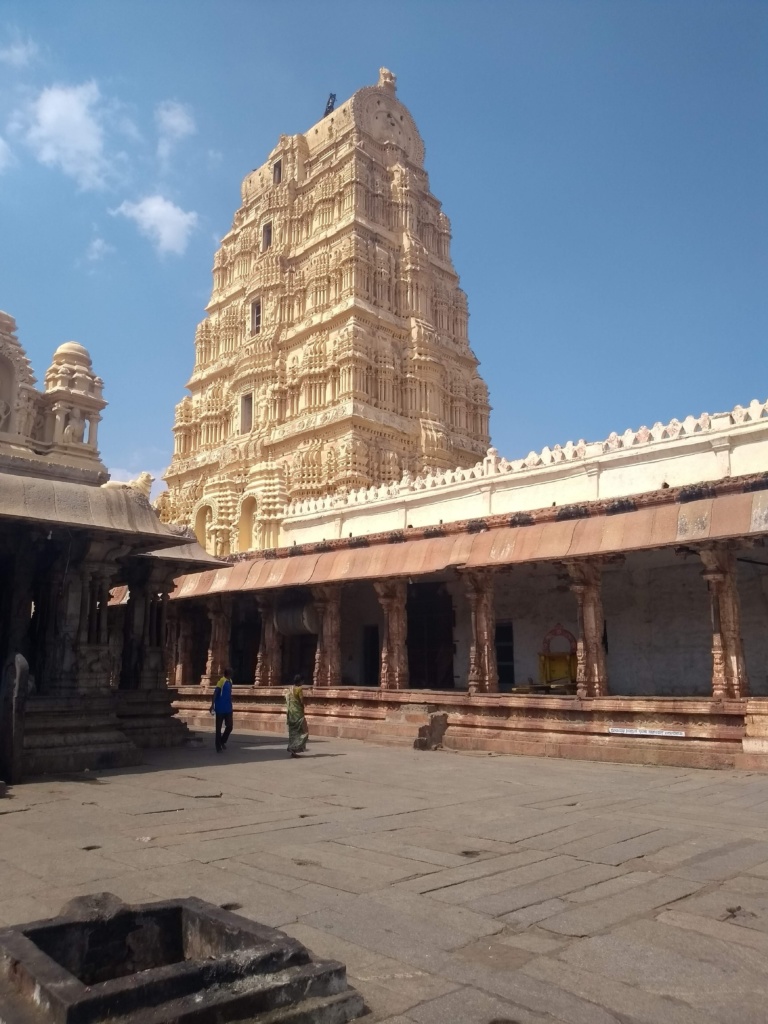
The most famous and World Heritage site is the Vijaya Vittala Temple, 2 kms away from town. The temple stands on a large area with high compound walls and three tall gopurams (ornate monumental tower at the entrance of temples). The complex also has many halls, shrines and pavilions and a famed stone chariot, all showcasing the architectural splendor and craftsmanship of the Vijayanagara era.
Among the structures is the Ranga Mantapa, well known for its 56 musical pillars. Each main pillar is wrapped by 7 minor pillars and these minor pillars emit a different musical note when gently tapped.( those are now protected to avoid damage). The sculptures are splendid!
Stone Chariot
The stone chariot is a shrine which was designed in the shape of a chariot. This chariot shrine is dedicated to Garuda – the carrier of Lord Vishnu, and one can find an image of Garuda housed in its sanctum. The wheels on the chariot can turn.
We also visited a less well known site a short walk away: the Achyutara temple complex, built in the mid 16th century:
Thursday 6th February, 2020 – Mysore
Drove to Mysore and stopped at a garage as the left back tyre had a slow puncture. While we were there, we also asked them to have a look at the front wheel on the right side which was making a hissing noise, verdict: the brake pad is finished… They tried to source a replacement ( generic part as no Nissan Navara in India) but in vain so we just have to carry on with it.
Friday 7th February, 2020 – Mysore – Ooty – Coonoor
Mysore (Mysuru) was the capital of the Kingdom of Mysore from 1399 to 1947. In its center is opulent Mysore Palace, seat of the former ruling Wodeyar dynasty. The palace blends Hindu, Islamic, Gothic and Rajput styles. The first Palace was built in the 14th century but it was demolished and re-constructed multiple times. The current structure was constructed between 1897 and 1912, after the Old Palace (or Wooden Palace) was burnt to ashes. Henry Irwin, an architect of British India was commissioned to build the new Palace.
Mysore Palace is now one of the most famous tourist attractions in India, after the Taj Mahal, with more than 6 million annual visitors.
Mysore is also home to the centuries-old Devaraja Market, filled with spices, silk, flowers and sandalwood.
We walked in town for a while and were drawn into a shop specialising in wedding attire by a beautiful bridal dress on display. There were very few customers but at least 15 sales assistants if not more over the 3 floors and one lady was going round the shop with a microphone trying to bring business. She came to us and asked a few questions: where are you from?, where have you been in India…. and what are you looking for today ! She even proposed us the help of a personal shopping assistant who could put an outfit together for Paul and advise him as the best colours etc etc… We were sorry to disappoint them but we were only there to admire the beautiful silks.
After a while we left for Ooty, originally a colonial hill station, now more of a town. The roads crosses a couple of tiger natural reserves. We did not see any tigers but saw some wild elephants!
We carried on to Coonoor. The road is twisty with lots of hairpin bends but offering nice scenery, somewhat lost in a haze. Coonoor retains the village atmosphere somehow but is just as chaotic as Ooty. We found a nice B&B just outside town, where the blankets on the bed were welcomed at night (altitude: 1,850 m). The surrounding hills are covered by tea plantations.
Saturday 8th February, 2020. Coonoor to Coimbatore – Ketti Valley
Cruising around the valley we stopped for breakfast by the side of the road when we noticed that we yet again had a flat tyre ! This time, the spare was also flat so we had to find a way to the nearest repair shop somehow…. This was a small road going through the tea plantations, with no internet connection, but as luck had it, a man was stopped further up the road apparently waiting for someone. He saw us and came to see what was the problem. He phoned someone he knew and within 15 minutes two guys turned up on a motorbike. They had a look, took the wheel on the back of the bike and said they would be back in half an hour. They did, with the tyre fixed… our saviours for the day! and another example of Indian readiness to be of assistance.
We resumed our journey, stopping at what we thought was the entrance of a tea estate selling tea but turned out to be a temple where locals were celebrating a festival and were sharing food. They graciously invited us. The priest circled a plate around our heads with flames from burning oil, said a small blessing and applied a dot of yellow paste on our foreheads. We were then handed a plate of food and sat among the people. A steady stream of families, most likely workers on the estate were arriving all the time.
We reached Coimbatore late afternoon. The town is known as the Manchester of South India for its textile industry. It has numerous shops selling designer sarees and is also famous for its jewelry stores.
Sunday 9th February, 2020 – Kochi (Cochin)
Fifty kilometers from Kochi, someone passing us on the road pointed at the back tyre and yes, you’ve guessed it… it was flat !. Always the same one! we desperately need a new tyre but have been unable to find one as it is not a common size… We pumped it up at a nearby petrol station but needed to find somewhere to get it fixed soon as it was not going to hold for long. Most shops were closed as it was Sunday but we eventually found a place. There, they put another patch on the inner tube. We explained our predicament with the new tyre that had been damaged when the road collapsed under the car. They had a look and decided it might be worth trying to fix it after all. and that it may even be better to use that tyre rather than the one we keep patching up…. so we agreed to have it fixed and put back on.
We used the downtime to book a room ahead in Fort Kochi, the historical quarter of Kochi.
The port of Kochi (Cochin) is on an estuary and has been part of important trade routes for over 600 years, rich in history, the old part of town has an interesting mix of architecture: Portuguese, Dutch and British Raj, reflecting the successive colonial powers which occupied the region. Multiple faiths are also represented including a 450-year-old synagogue and ancient mosques. The Christian faith is very much in evidence too in this part of India, a legacy of the various missionaries who came to these shores.
Our guest house was within walking distance of one of the other reputed attractions of Kochi: the Chinese nets ( also known as cheena vala). These giant fishing nets, thought to have been introduced by the Chinese more than 400 years ago are 10m-tall contraptions resting on teak or bamboo poles and require five or six people to operate their counterweights at high tide. These days, they are more for tourists. We were a bit disappointed as the area is full of litter and the view is spoilt by 2 raffineries. We were there at sunset with hundreds of other tourists….
Monday 10th February, 2020 – Kochi
Spent the morning exploring Fort Kochi, visited the Mattancherry Palace, spice market and old Jewish quarter.
St Francis Church
Constructed in 1503 by Portuguese Franciscan friars, this is believed to be India’s oldest European-built church. The faded-yellow edifice that stands here today was built in the mid-16th century to replace the original wooden chapel, though it was later altered by both the Dutch and British. Explorer Vasco da Gama, who died in Cochin in 1524, was buried in this spot for 14 years before his remains were taken to Lisbon – you can still visit his tombstone in the church.
Mattancherry Palace
The Palace was a generous gift presented to the Raja of Kochi, Veera Kerala Varma (1537–65), as a gesture of goodwill by the Portuguese in 1555. The Dutch renovated it in 1663, hence the alternative name, the Dutch Palace. The building combines European and Keralan styles, but the star attractions are the royal bedchamber’s astonishingly preserved Hindu murals from the 17th to 19th centuries, which depict scenes from the Ramayana, Mahabharata and Puranic legends in intricate, colourful detail. ( no photos allowed)
Spice Market and Jewish quarter
From the 14th century onwards, Kochi was considered to be the main center for the spice trade. Many traders who came to this land, Jews being the prominent ones, later settled here. Today old warehouses and workshops are still in evidence in this part of town but the picturesque old streets are now a major tourist attraction with cafes, souvenir shops and art galleries.
